Mother’s Day is a time to express love and appreciation for mothers, sentiments that are often expressed with gifts. Flowers are a popular present to bestow on Mother’s Day, as they can brighten a room and bring a sweet aroma to any household. While any flowers may ultimately suffice on Mother’s Day, gift givers may want to select flowers for Mom that convey specific messages. The language of flowers has been recognized for centuries. Though perhaps not as heralded as it once was, flower symbolism persists to this day. Here’s a look at some of the meanings behind certain types of flowers to help guide Mother’s Day gifting.
• Amaryllis: These plants start as bulbs and are naturally spring-blooming flowers. The name comes from the Greek word “amarysso,” which means “to sparkle,” and they symbolize pride.
• Aster: These daisy-like flowers are delicate-looking perennials. Asters make great gifts because they symbolize love and daintiness.
• Begonia: There are more than 2,000 types of begonias, and the flower symbolizes deep thoughts. Begonias were made famous by French horticulturist Michel Bégon, who thought the blooms looked like beautiful girls.
• Bleeding heart: These flowers are red and pink blossoms that look like the perfect heart shape with a teardrop at the bottom. They’re beautiful and symbolic of love and affection.
• Buttercup: These are associated with youthfulness and cheerfulness and can call to mind childhood days spent picking buttercups and holding them under chins to reveal that you like butter. The flower is known for its beauty and innocent charm.
• Camellia (white): White camellias stand for purity and innocence, but they also symbolize admiration and respect. Camellias make beautiful additions to any bouquet.
• Carnations: Carnations are traditionally the official flower of Mother’s Day. It has come to signify purity, faith, love, beauty and all the traits that represents the virtue of Motherhood. Pink carnations symbolise a mother’s pure and never-ending love. They can be used to express appreciation and thankfulness. Red carnations symbolise sincere love, affection, and admiration.
• Daisy: Daisies are happy-looking flowers, and according to Norse mythology they represent motherhood and children.
• Delphinium: Delphiniums come in pink, white and blue varieties and embody youth and renewal. They’re a good pick if you want to convey a continued or renewed affection for a person.
• Hydrangea: Hydrangeas symbolises gratitude, grace, and beauty. This lush and multi-petaled bloom is a great choice for the mother that gives ample amount of love and support. Blue hydrangeas represents understanding and deep gratitude. Pink hydrangeas represent love and sincerity. White hydrangeas represents purity and grace. Purple hydrangea shows understanding and abundance.
• Lilies: Lilies are one of the most beloved flowers by many mothers due to their large bloom size and beautiful shape. Coming in a variety of colours and species, they associated with good fortune, happiness and Motherhood. White lily represents purity and majesty. Pink lilies symbolises admiration, love and abundance.
• Orchids: Orchids are a great option to send as they represent love, luxury, beauty, and strength. In Asian and Chinese culture, this auspicious flower also symbolises abundance, wealth, and is a lucky plant to have at home. Additionally, cut orchids or potted ones last for a long time in the Singapore weather. Pink or purple orchids signify respect, admiration, and elegance. Green orchids represent good health and fortune.
• Roses: Roses are a reliable classic bloom, however, skip the red, which is typically associated with romantic love. Opt for other colours or a mixed coloured bouquet. Deep Pink Roses represents appreciation and gratitude. Light Pink Roses represents happiness, joy, admiration. Peach Roses symbolise thanks and gratitude
• Tulip: Tulips with an orange hue are thought to represent understanding and appreciation. They can express appreciation for Mom or another special person. Purple tulips represent elegance and royalty, making it a great choice for your mother-in-law. Orange and yellow tulips symbolises happiness, joy and hope, while pink tulips are symbolic of love. Red blooms should be reserved for sweethearts.


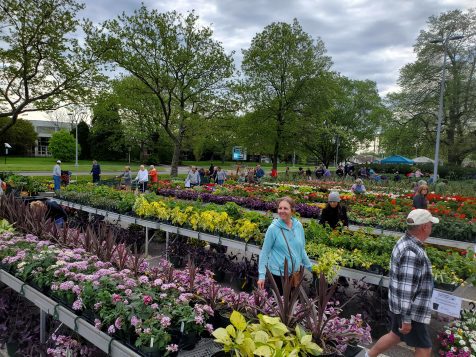
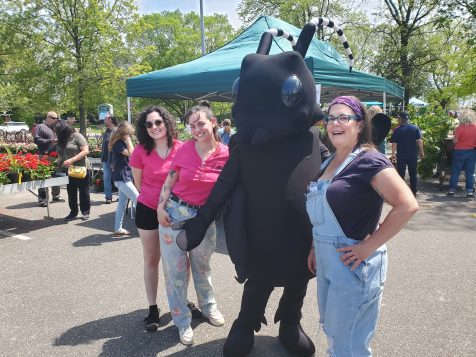
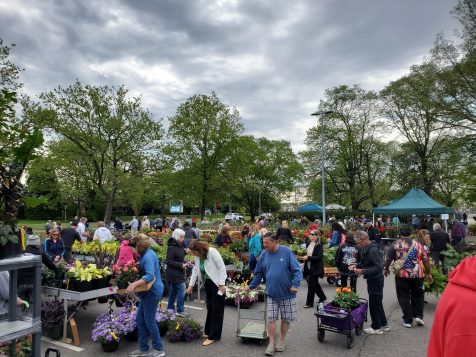
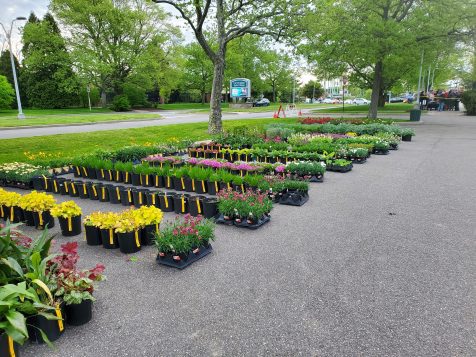

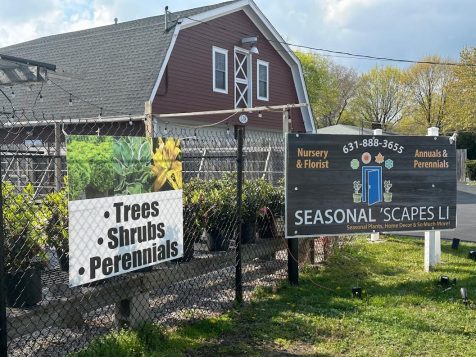
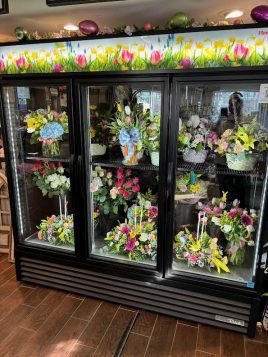
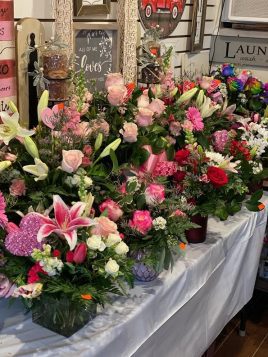

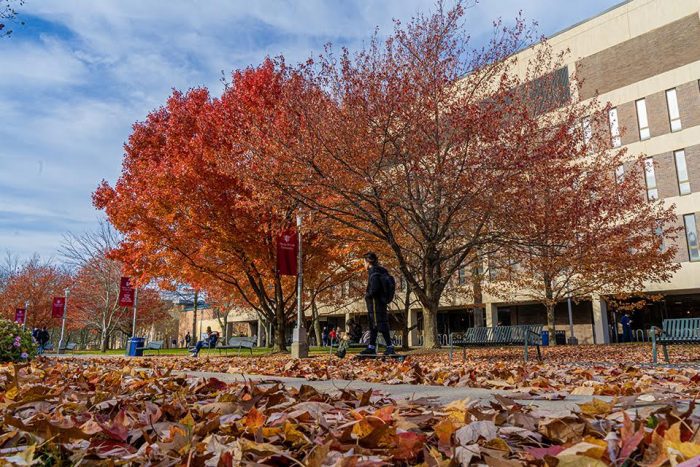
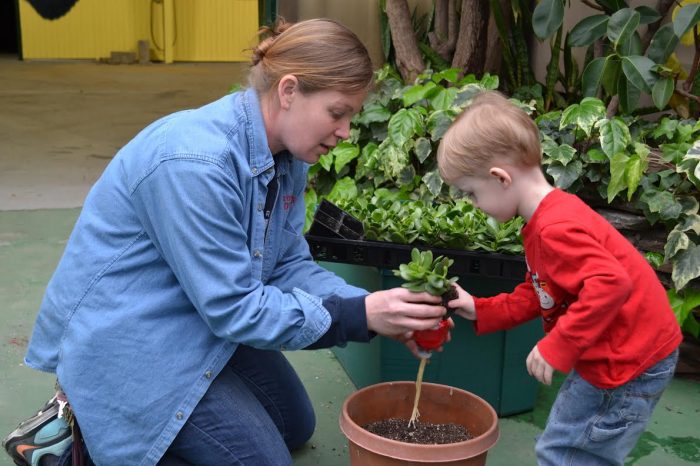
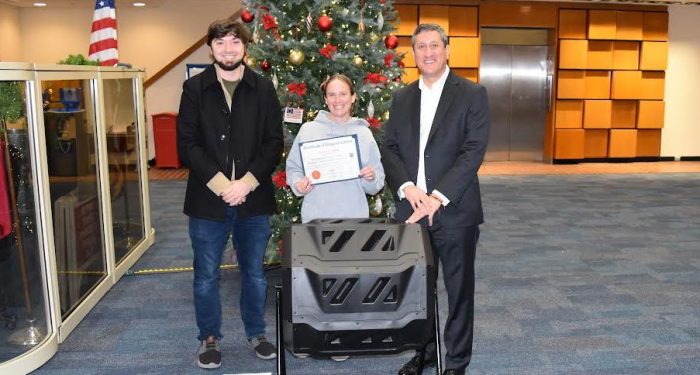
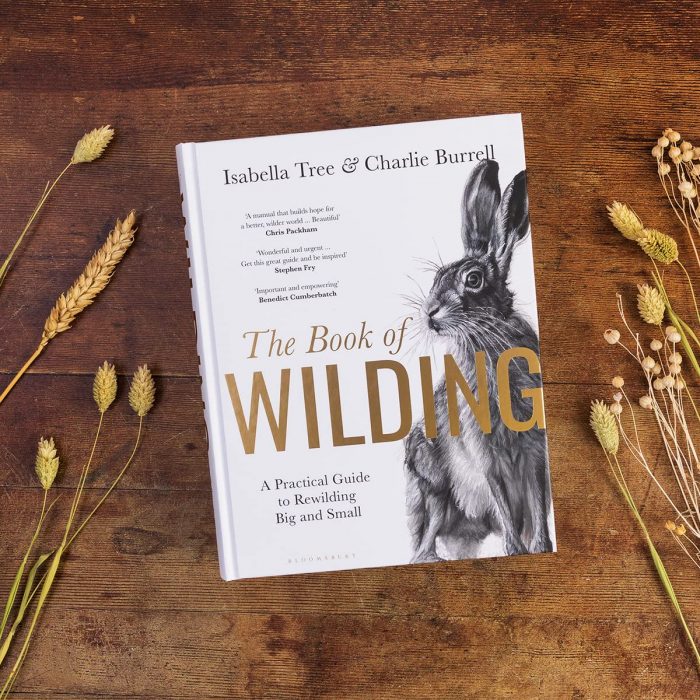
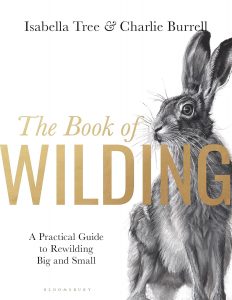 The concept of rewilding developed in the late 20th century when several conservationists offered a vision of North America, rewilded through the implementation of three “C’s” as guiding principles — cores, connectors, and carnivores. Cores involve the expansion of national parks and other public spaces; connectors involve land protection work to connect these expanded public spaces so wildlife can move between sites to promote genetic health among species through genetic exchange and as a hedge again local extirpation in one area; and, lastly, carnivores means the introduction of predators such as wolves, bears, etc. where possible, recognizing the critical role they play in maintain the health of ecosystems.
The concept of rewilding developed in the late 20th century when several conservationists offered a vision of North America, rewilded through the implementation of three “C’s” as guiding principles — cores, connectors, and carnivores. Cores involve the expansion of national parks and other public spaces; connectors involve land protection work to connect these expanded public spaces so wildlife can move between sites to promote genetic health among species through genetic exchange and as a hedge again local extirpation in one area; and, lastly, carnivores means the introduction of predators such as wolves, bears, etc. where possible, recognizing the critical role they play in maintain the health of ecosystems.



